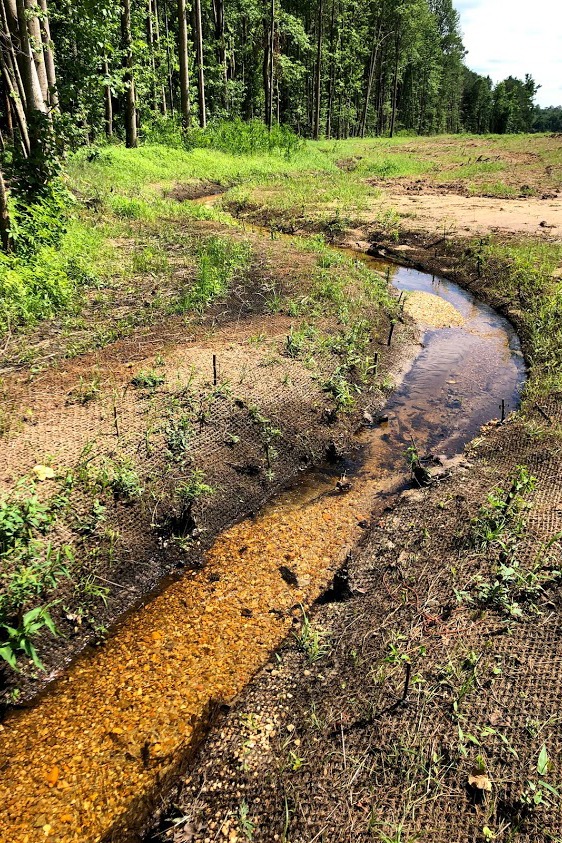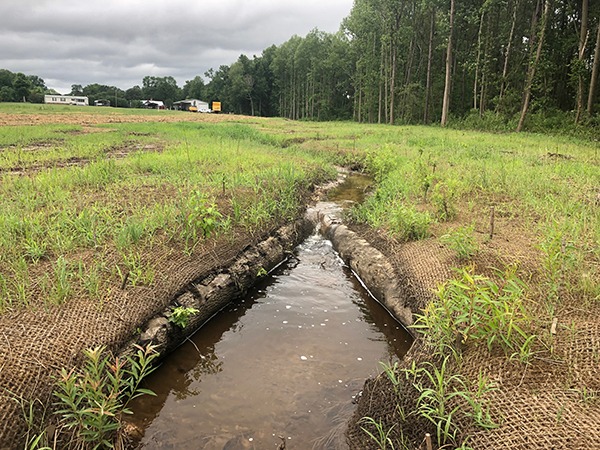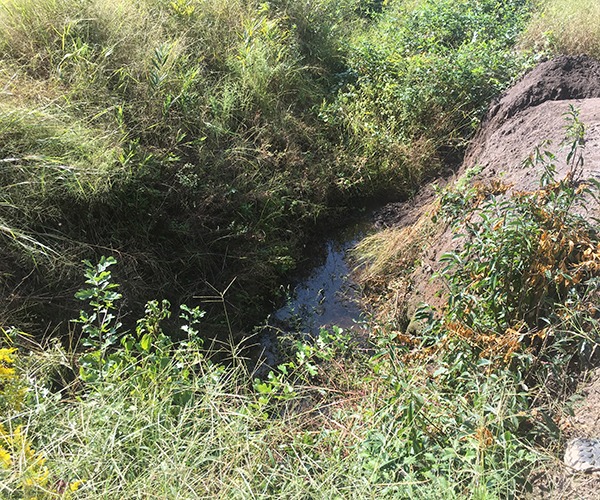Stone Creek
CONTACT
Credit Sales Coordinator, North Carolina

Constructed restoration




Conditions prior to restoration
PROJECT SNAPSHOT
Project Type
- Mitigation Bank
- Nutrient Bank
Location
North Carolina | Johnston CountyService Area
Neuse-01Project Size
- Streams: 5,886 LF
Solution
- Water Quality
- Wetland and Stream Mitigation
Credit Types
- Buffer
- Nitrogen
- Nutrient
- Stream
Ask About Credits
The Stone Creek mitigation site is located approximately 14 miles southeast of Smithfield and contains three parcels totaling 161-acres in Johnston County, NC. The site involves the restoration and enhancement of unnamed tributaries to Mill Creek. The site was identified by RES as having potential to help meet the compensatory mitigation requirements for stream impacts in hydrologic unit 03020201 of the Neuse River Basin.
This proposed site will result in significant ecological improvements including water quality improvement, habitat restoration and a decrease in non-point source pollution from stormwater and agricultural practices. The site is located in the Mill Creek Watershed, a Targeted Local Watershed (TLW) and supports many of the Neuse River Basin Restoration Priorities Plan (RBRP) and Neuse Regional Watershed Plan (RWP) goals.
Many of the project design goals and objectives, including restoration of riparian buffers to filter runoff from agricultural operations and improve terrestrial habitat, and construction of in-stream structures to improve habitat diversity, will address the degraded water quality and nutrient input from farming that were identified as major watershed stressors in the 2010 Neuse RBRP.
The conceptual design presents 5,886 linear feet of stream mitigation generating 4,547 Stream Mitigation Units (SMU). In addition to the stream restoration, the site could potentially provide nutrient offset mitigation and riparian buffer mitigation through the NC Division of Water Resources (DWR) Neuse Riparian Buffer Mitigation program. The buffer and nutrient offset mitigation will be developed through a separate banking instrument.
